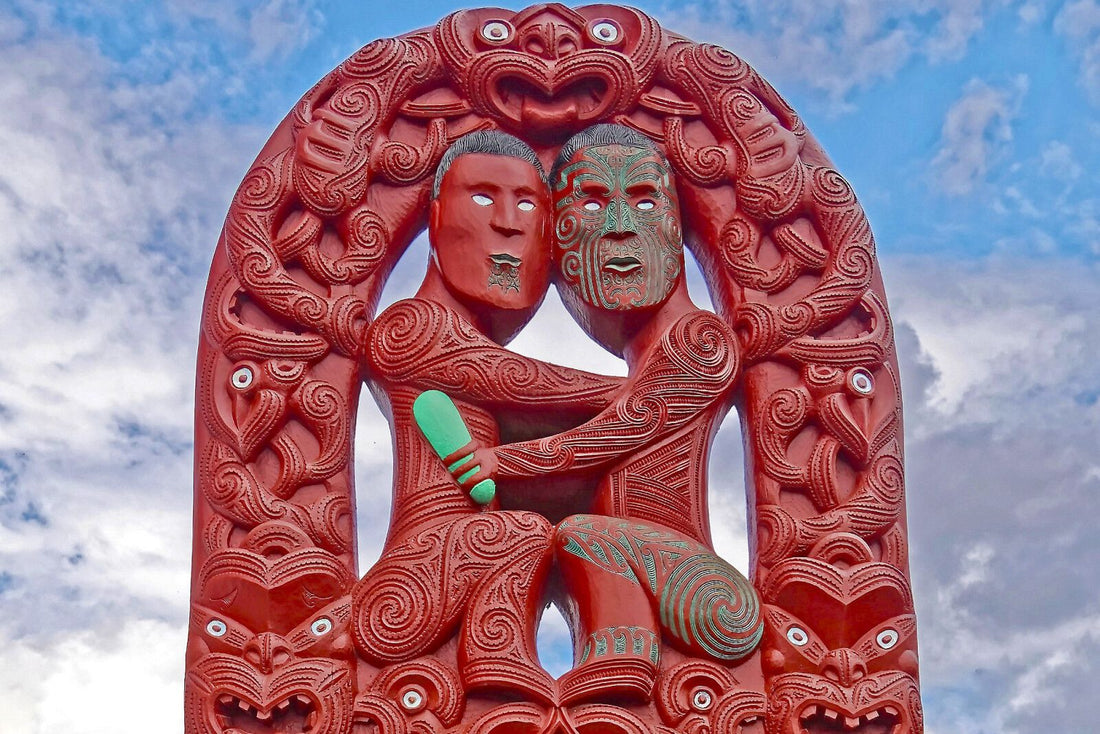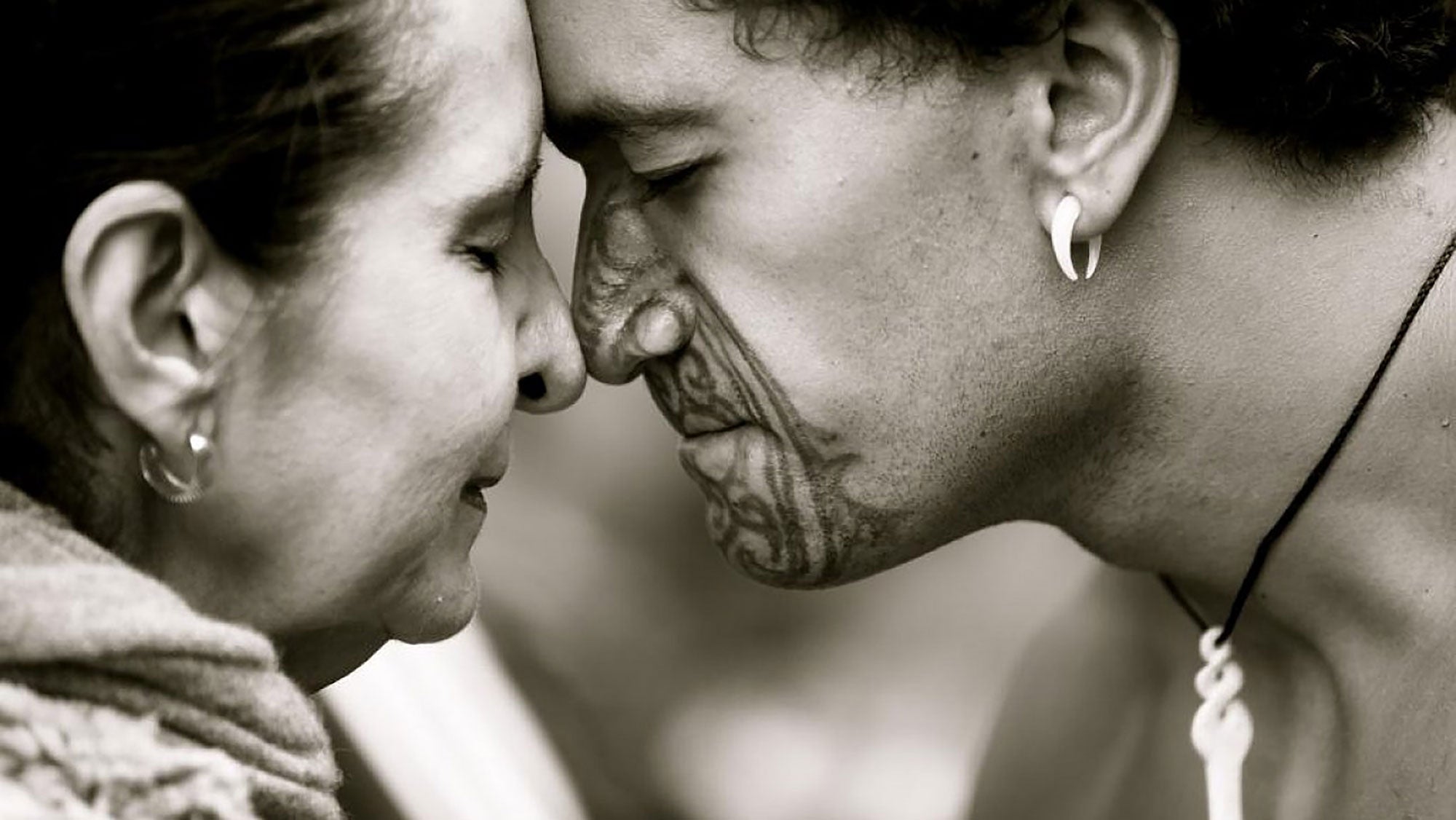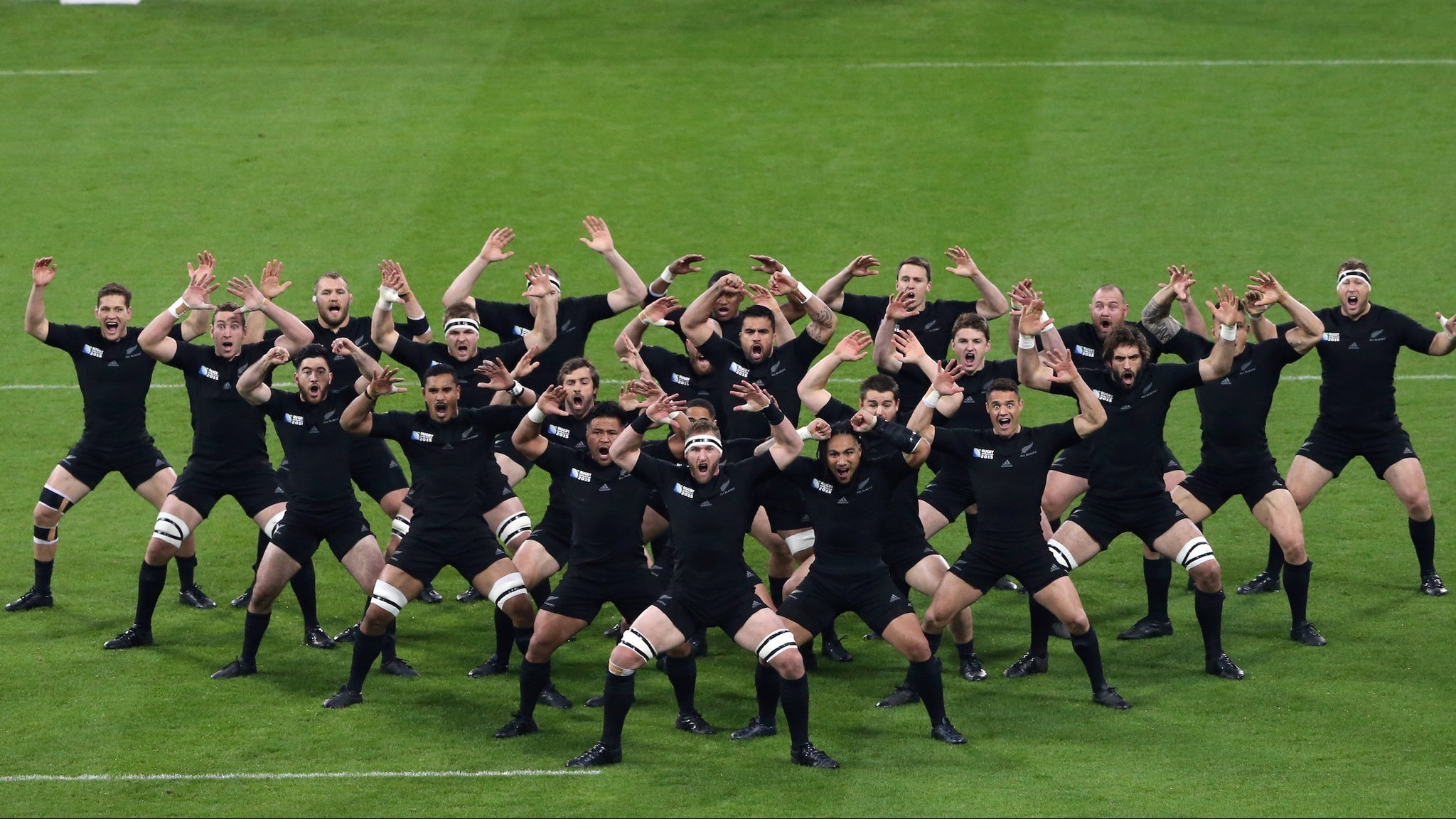
New Zealand Lover Culture
Share
Māori culture is an integral part of life in New Zealand, influencing everything from cuisine to customs, and language.
1. Maori Culture
The Maori are New Zealand's native inhabitants. The Maori were strongly superstitious and religious people, believing in their ancestors' gods and spirits.

The Maori have a rich culture, steeped in mythology and tradition. Legend is conveyed through storytelling across the centuries - tales that tell of the development of New Zealand's islands and much more.
2. Marae - The best place to explore Māori Culture

Maraes are tribal gathering sites, and they give you unique opportunities to connect with local Māori people and learn first-hand about their culture and history. A Wharenui (meeting house) and Wharekai are part of The Marae (dining room).

Speeches and demonstrations of traditional Māori singing and dancing are some of the events you will witness at maraes.
3. Māori Tattoos
Since their roots, tattoos have remained a huge part of Māori culture and are known as 'ta moko'. Tattoos are primarily considered to symbolize their devotion to and reverence for their culture.

A fascinating feature of Maori tattoo art is that there are no absolutely similar tattoos. Usually, this is because each tattoo is an outward reflection of the special combination of lineage, experience, and stature of the member within the tribe. A perfect way to make your teaching about Māori culture even more personalized is to inquire respectfully about tattoos.
4. Greenstone - Treasure in Māori Culture
Greenstone, known to the Māori as Pounamu, is simply a "greenstone" often found in rivers in parts of southern New Zealand. Greenstone is precious to the Maori and also transferred from generation to generation. In several forms, the Māori have used greenstone, and it can be found in objects such as arrows, hooks, and instruments.

Greenstone may be bought today and is most often purchased in the form of jewelry or decorative items.

5. Handshaking is not the Traditional Form of Greeting for Māori People.
While extending your hand and going for a firm handshake when meeting a new acquaintance might be impulsive, this physical contact is not the approach that the Māori people use to say hello.
They use a much warmer and up-close type of greeting known as the "hongi," instead. The hongi, in particular, involves two people rubbing their noses and foreheads up against each other and sharing the breath of life together. It is intended to symbolize both souls' reunion.

6. The Māori People are Mostly Largely Represented in New Zealand Sports.
The Māori people especially with their visible presence among rugby and netball teams have long remained huge supporters and participants in New Zealand's sporting heritage. In addition, about twenty percent of the athletes participating in New Zealand at the 2016 Summer Olympics were of Māori descent.

With these figures, it's no wonder that by performing the “Haka” prior to international matches, many New Zealand sports teams, including the national rugby union team, also pay tribute to the Māori tradition.
Are you a big fan of traveling? We hope our blog will help you to know more about New Zealand - a unique and fascinating culture. If you are a New Zealand citizen, don’t forget to express your love for your country with our Love New Zealand collection.
Save your order with our discount code: HANH10 for 10% off on the first purchase. Our products will not disappoint you!
Thanks for your reading!